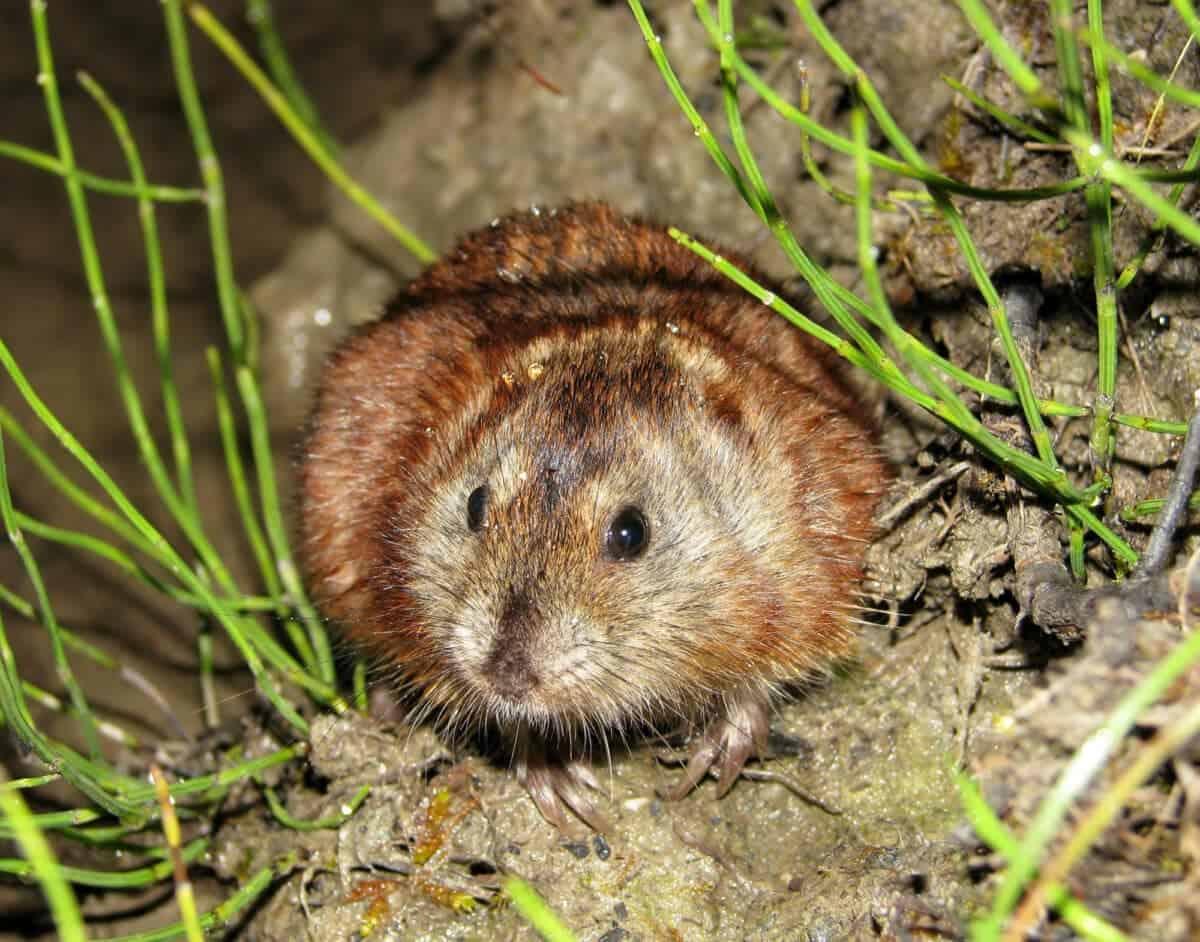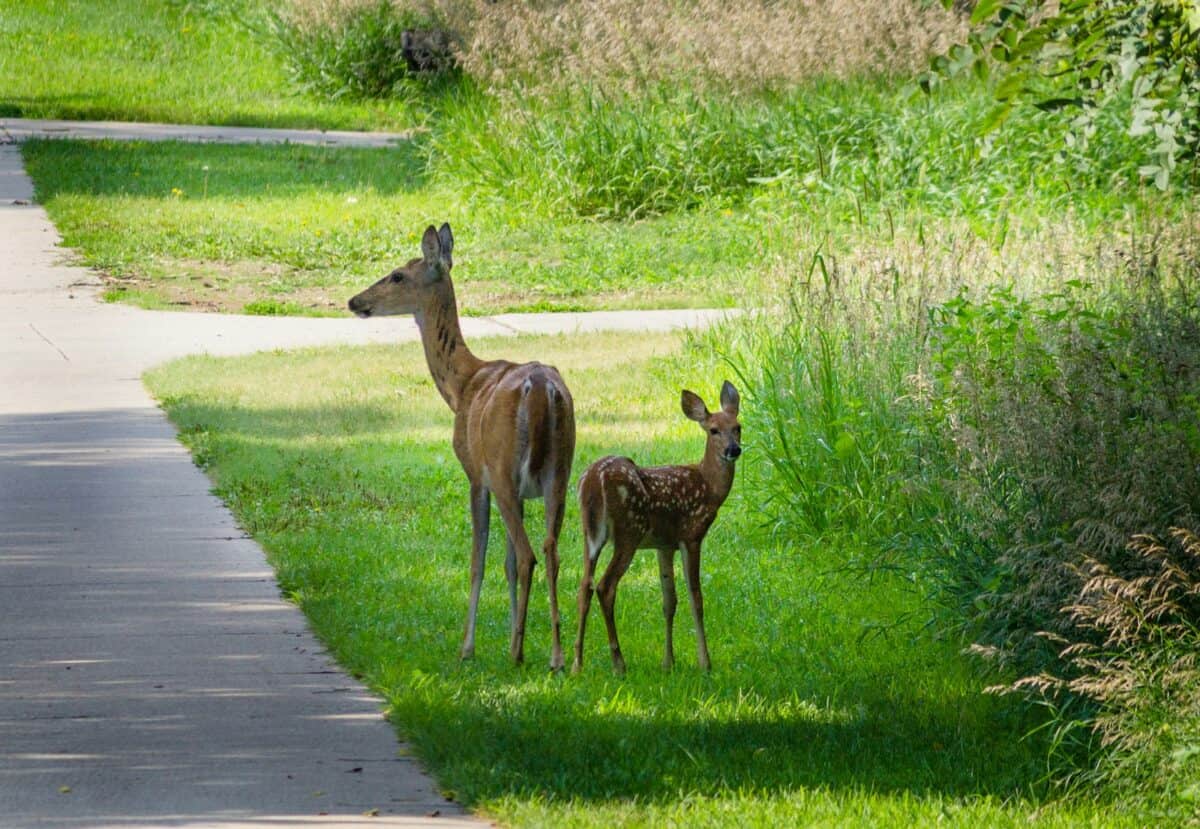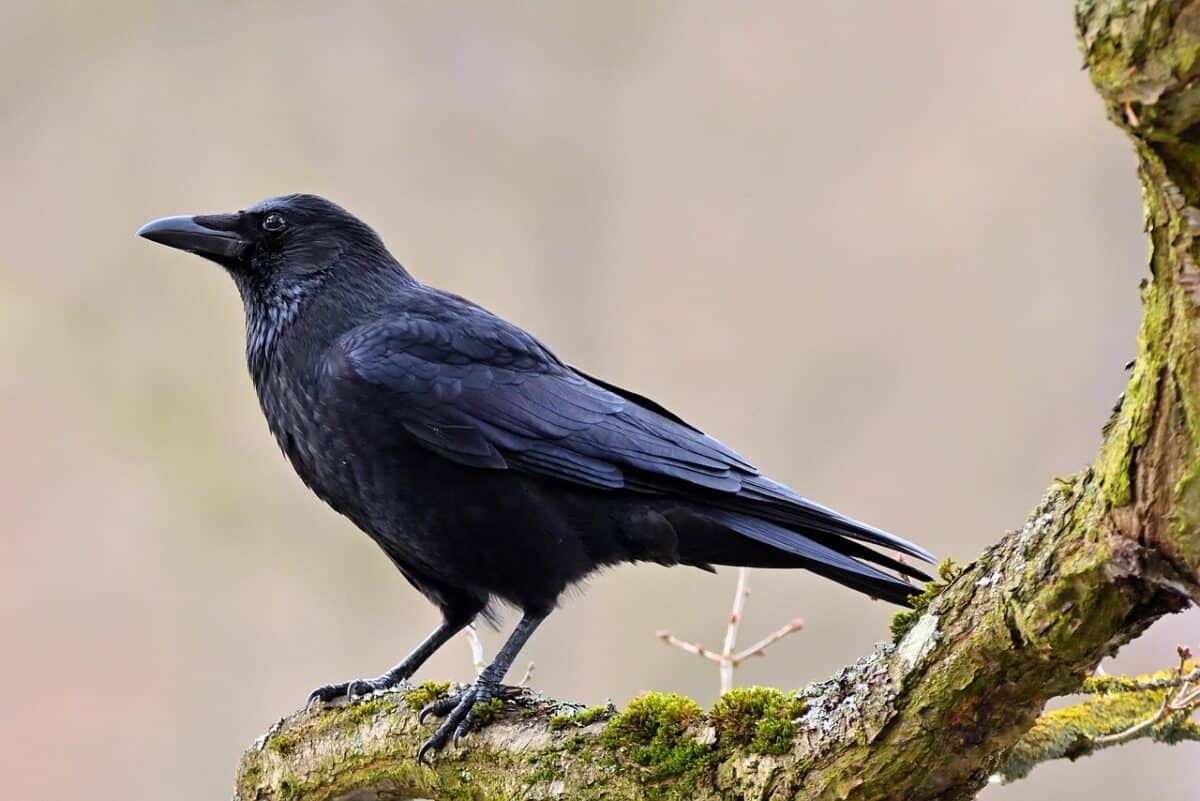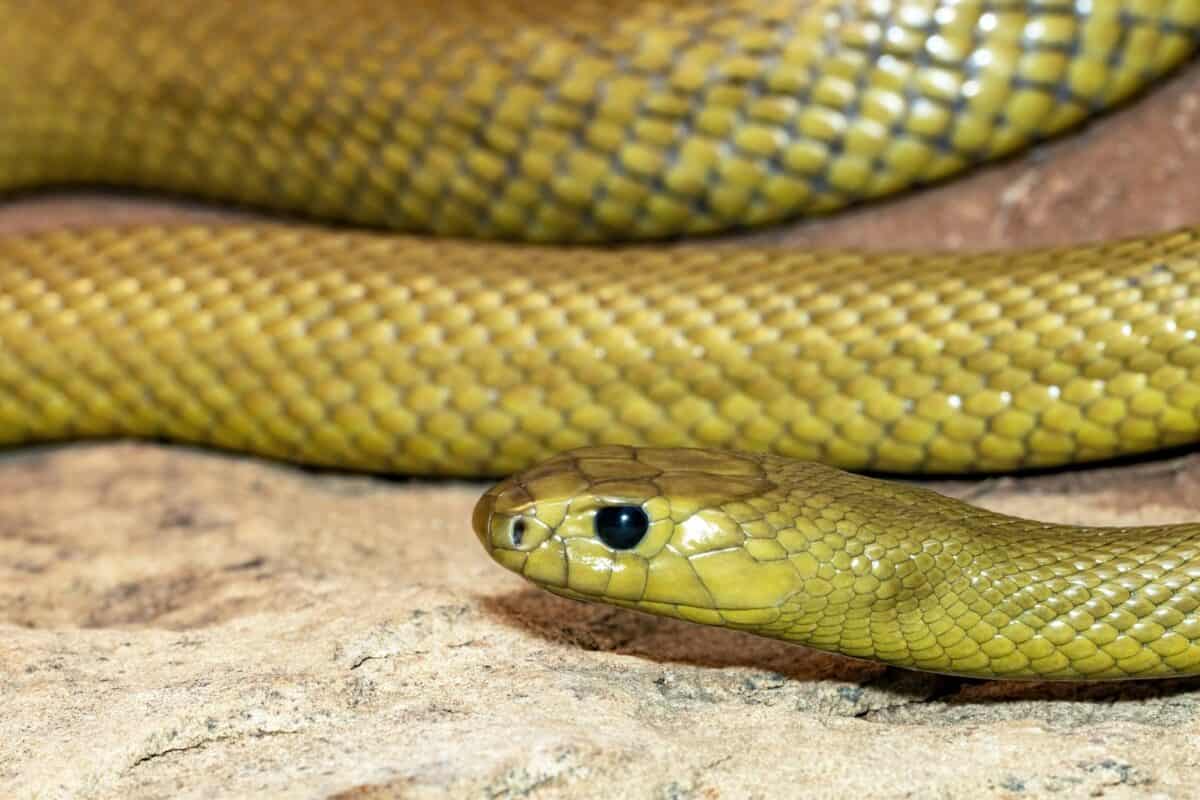In the vast theater of nature, animals often surprise us with behaviors that challenge our understanding of biology, cognition, and evolution. While science has unraveled countless mysteries of animal behavior through rigorous research, peculiar actions and patterns remain baffling even the most seasoned biologists. These unexplained behaviors range from seemingly coordinated mass movements to bizarre self-destructive tendencies, each representing a fascinating puzzle in our understanding of animal consciousness and adaptation. This article explores fifteen of the most perplexing animal behaviors that scientists have observed but cannot yet fully explain, offering a glimpse into the humbling complexity of life on Earth and the limitations of our current scientific knowledge.
15. The Mysterious Mass Suicide of Lemmings

For decades, popular culture perpetuated the myth that lemmings commit mass suicide by jumping off cliffs. While this specific behavior was fabricated (notably in a staged Disney documentary from the 1950s), lemmings do exhibit strange population behaviors that scientists still don’t completely understand. During peak population cycles, Norwegian lemmings undergo mass migrations where thousands travel together, sometimes swimming across bodies of water. During these events, many drown or die from exhaustion. Researchers understand the population cycles are linked to food availability, predator abundance, and reproductive surges, but the precise triggers for these coordinated movements and why they seem to occur with such dramatic self-destructive consequences remain incompletely explained. The lemming case illustrates how even when we debunk myths, the underlying animal behaviors can still contain genuine scientific mysteries.
14. The Sardine Run’s Perfect Timing

South Africa’s annual sardine run is one of the planet’s most spectacular wildlife events. Between May and July, billions of sardines migrate northward along the east coast of South Africa, creating shoals up to 15 kilometers long. What perplexes scientists is the precision timing of this mass migration. While water temperature (around 21°C/70°F) appears to be a trigger, researchers cannot explain how the sardines coordinate this movement with such remarkable synchronization, nor why they follow this specific route when it exposes them to a gauntlet of predators including dolphins, sharks, and seabirds. The intricate choreography of the sardine run suggests complex communication systems or environmental sensitivity that science hasn’t yet fully decoded. Recent research points to potential combination factors including ocean currents, water chemistry, and genetic programming, but a comprehensive explanation remains elusive.
13. Raining Frogs and Fish Phenomena

Throughout history, there have been documented cases of fish, frogs, and other small animals seemingly raining from the sky. In 2005, thousands of frogs rained down on Odzaci, Serbia; in 2010, residents of Lajamanu, Australia experienced a rain of perch; and similar incidents have been reported worldwide. The prevailing scientific theory suggests that waterspouts or powerful updrafts can lift small animals into the atmosphere, depositing them later as “animal rain.” However, this explanation faces several challenges: Why do these rains typically contain only one species rather than a mix of pond dwellers? How do these animals survive the journey through the atmosphere? And why don’t we observe the intermediate stages of this process more frequently? The specific mechanisms that would allow for species-specific animal rains, along with the survival and uniform distribution patterns observed, continue to challenge our understanding of this bizarre phenomenon.
12. Narwhal’s Mysterious Tusk Purpose

The narwhal’s distinctive spiral tusk, which can grow up to 10 feet long, has puzzled scientists for centuries. This modified left canine tooth protrudes from the upper jaw of male narwhals, and occasionally females develop one too. Recent studies using drone footage have shown narwhals using their tusks to stun fish for feeding, but this doesn’t fully explain the tusk’s elaborate structure. The tusk contains millions of nerve endings and is highly sensitive, suggesting additional functions. Some theories propose that it serves as a sensory organ capable of detecting water temperature, pressure, or salinity changes; others suggest it plays a role in male competition or female selection. In 2020, researchers discovered narwhals may use their tusks to detect electromagnetic fields, potentially aiding navigation. Despite these insights, scientists still cannot provide a comprehensive explanation for why this unique structure evolved in such a specific way in just one cetacean species, or why its development is primarily limited to males.
11. Synchronized Firefly Flashing

In certain regions around the world, most notably in Southeast Asia and the Great Smoky Mountains of the United States, fireflies exhibit an extraordinary synchronization of their light displays. Thousands of fireflies will flash in perfect unison, creating spectacular rhythmic light shows. This phenomenon occurs primarily in a few species, including Photinus carolinus in North America and Pteroptyx malaccae in Malaysia. What baffles researchers is how these insects, with their relatively simple nervous systems, achieve such precise timing without a conductor. Current theories suggest a combination of individual fireflies responding to the flashes of neighbors and internal biological oscillators, similar to how heart cells synchronize. However, the speed and precision of the synchronization across large groups challenge these explanations. Additionally, scientists haven’t fully determined the evolutionary advantage of this coordinated display compared to the random flashing patterns of other firefly species. The phenomenon represents one of nature’s most mesmerizing examples of emergent behavior in biological systems.
10. Sudden Elephant Deaths Near Watering Holes

In certain regions of Africa, particularly around watering holes during drought periods, elephants have been observed seemingly approaching death in a distinct pattern. Older elephants appear to separate themselves from their herds as they weaken, often heading toward specific locations. These “elephant graveyards” were once dismissed as myths, but researchers have documented cases where unusual concentrations of elephant remains accumulate in particular areas. What scientists cannot fully explain is whether this represents some form of conscious death ritual or simply a practical response to ecological factors. Some researchers propose that dying elephants instinctively seek water and soft vegetation as they weaken, naturally concentrating in certain areas. Others point to the elephants’ documented recognition of deceased herd members and suggest a more complex cognitive process might be involved. Without being able to understand elephant cognition completely, scientists remain uncertain whether these behaviors represent a form of death awareness, practical adaptation, or some combination of factors not yet identified.
9. Beaked Whales’ Extreme Deep Dives

Cuvier’s beaked whales hold the mammalian diving record, plunging to astonishing depths exceeding 3,000 meters (nearly 10,000 feet) and staying submerged for over two hours—far beyond what physiologists once thought possible for air-breathing mammals. These extreme dives subject the animals to crushing pressures exceeding 300 atmospheres and should theoretically cause nitrogen narcosis and decompression sickness. Scientists have identified some adaptations, including collapsible lungs and high myoglobin concentrations in muscles, but these don’t fully explain how these whales avoid the bends or function in an environment of near-freezing temperatures and almost total darkness. Additionally, researchers cannot explain the purpose of such extreme dives when most of their prey could be found at shallower depths. Recent research suggests they may be avoiding predation by killer whales or accessing specialized food sources, but the complete picture remains elusive. The beaked whales’ diving abilities continue to push the boundaries of our understanding of mammalian physiology and adaptation.
8. Starling Murmuration Mechanics

Starling murmurations—where thousands to millions of birds fly in coordinated, fluid formations that morph and change direction instantaneously—represent one of nature’s most mesmerizing phenomena. While researchers have determined that each bird monitors the movement of only its seven closest neighbors rather than the entire flock, this doesn’t fully explain how information propagates through the group at near-instantaneous speeds, allowing thousands of birds to turn simultaneously without collisions. The reaction time required seems faster than should be neurologically possible. Furthermore, scientists still cannot explain how these murmurations maintain their cohesive patterns even when attacked by predators or how they achieve their remarkable density without mid-air collisions. Computer models suggest these movements follow principles similar to systems at critical phase transitions in physics, but why starlings evolved this particular behavior when other flocking birds don’t show the same complex patterns remains unknown. The murmurations may serve multiple purposes including predator confusion, warmth conservation, and pre-roosting communication, but their extraordinary complexity continues to challenge complete scientific explanation.
7. Sea Turtle Navigation Precision

Marine turtles embark on one of the animal kingdom’s most impressive navigational feats. After hatching, they may travel thousands of miles across open ocean before returning decades later to nest on the exact beach where they were born—sometimes with accuracy within a few hundred meters. Scientists have identified several mechanisms these turtles use, including detecting Earth’s magnetic field to determine latitude and longitude, and potentially imprinting on the distinct chemical signature of their natal beach. However, these explanations don’t fully account for the remarkable precision of their navigation. The magnetic field of Earth constantly shifts, yet turtles adapt their routes accordingly. Additionally, beaches change significantly over the decades between a turtle’s birth and its return to nest, raising questions about how they recognize dramatically altered coastlines. Some species cross entire ocean basins with no visible landmarks, maintaining straight courses even through strong currents and storms. While we understand pieces of this navigational ability, the complete picture of how sea turtles achieve this extraordinary feat of biological GPS remains incomplete.
6. Sperm Whale Sleep Patterns

Sperm whales have been observed engaging in a bizarre sleeping behavior that defies conventional understanding of mammalian rest. Unlike most mammals that must remain partially conscious to breathe, sperm whales have been documented floating vertically in the water column, completely motionless for up to 30 minutes at depths of around 10-15 meters. During these periods, they appear to be in a state of deep unconsciousness. What perplexes scientists is how these massive air-breathing mammals manage this sleep state without drowning, especially considering they typically need to surface every 90 minutes to breathe. Some researchers hypothesize they might be engaging in unihemispheric sleep (where one brain hemisphere remains alert while the other rests), but the complete vertical posture and total immobility suggest a different mechanism. Additionally, the vulnerability this creates to predators like killer whales raises questions about the evolutionary advantage of such behavior. Recent studies using suction-cup electronic tags have recorded these events but have yet to provide conclusive data on the whales’ brain activity during these mysterious “sleep standing” episodes.
5. Spontaneous Deer Adoption Behaviors

Wildlife biologists have documented cases where white-tailed deer does adopt fawns that aren’t their own—a behavior that seems to contradict evolutionary logic of investing resources only in one’s genetic offspring. In several observed instances, does have taken in orphaned fawns, nursing them alongside their own offspring even when resources were limited. What makes this behavior particularly puzzling is that deer have demonstrated the ability to recognize their own young through scent, suggesting these adoptions aren’t cases of mistaken identity. Scientists propose several hypotheses, including kin selection (if the adopted fawns are related), reciprocal altruism (where the favor might be returned), or that the behavior increases overall herd survival. However, none of these explanations fully accounts for the specificity of the adoption behavior or its relatively common occurrence. Additionally, researchers have observed deer adopting fawns from different deer species in rare cases, further complicating evolutionary explanations. While adoption has been documented in other mammals, the frequency and circumstances of this behavior in deer populations without clear evolutionary advantage continues to challenge scientific understanding.
4. Crow Funeral Rituals

Crows exhibit complex behaviors around their dead that resemble funeral rituals, gathering around fallen comrades, calling loudly, and sometimes placing objects near the bodies. Researchers at the University of Washington have documented crows consistently gathering around dead crows, summoning others to the site, and changing their behavior in the vicinity of corvid corpses for weeks afterward. What scientists cannot fully explain is the purpose behind these gatherings. Some theories suggest these are learning opportunities about potential dangers, while others propose they may serve social bonding functions or represent a form of information sharing about mortality. The deliberate placement of objects near dead crows, observed in some instances, particularly challenges simple explanations. Additionally, crows show different responses to dead crows versus other species, suggesting some form of species recognition and special treatment for their own kind. While studies have shown crows possess remarkable cognitive abilities, including tool use and facial recognition, scientists remain uncertain whether these funeral-like behaviors represent a form of grief, risk assessment, social communication, or some combination of factors still not fully understood.
3. Ant Death Spirals

Army ants sometimes form what scientists call “death spirals” or “ant mills”—circular marches where thousands or even millions of ants walk in a continuous loop until they die from exhaustion. This bizarre behavior occurs when a group of ants becomes separated from the main colony and begins following each other’s pheromone trails. Without proper navigation cues, they create a self-reinforcing circular path that can be several meters in diameter. What puzzles researchers is why this evolutionary flaw persists in otherwise highly successful species, and why the ants’ typically sophisticated collective intelligence fails to correct this fatal error. Some scientists suggest this represents a limitation of decentralized decision-making systems, while others propose it might be an extreme case of disrupted information flow. Additionally, it’s unclear why some ant species are prone to this behavior while others never exhibit it. The death spiral phenomenon also raises questions about the emergence of maladaptive behaviors in other collective biological systems. While the immediate mechanism (pheromone following) is understood, the broader questions about why natural selection hasn’t eliminated this self-destructive tendency and how such sophisticated collective organisms can experience such catastrophic system failures remain incompletely answered.
2. Snake “Dancing” to Music

The apparent “dancing” of cobras in response to a snake charmer’s flute has long fascinated observers, but the behavior continues to present scientific puzzles. Contrary to popular belief, snakes cannot hear airborne sounds as they lack external ears. Research has established that cobras are actually responding to the visual stimulus of the moving flute and the vibrations transmitted through the ground. However, what scientists cannot fully explain is why cobras adopt their specific swaying motion and hooded display in these circumstances, rather than fleeing or striking. Some researchers suggest the swaying might help the snake track the potential threat while maintaining a defensive posture, but this doesn’t explain the rhythmic quality often observed. Additionally, wild cobras sometimes exhibit similar swaying behaviors without human prompts, suggesting the response may have evolved for other purposes. Recent neurological studies indicate the behavior might involve complex integration of visual processing and threat assessment in the snake’s brain, but the complete neurological pathway remains poorly understood. The persistence of this behavior across different cobra species in varied environments suggests an important adaptive function that science has yet to fully decode.
1. The Inexplicable Mass Stranding of Whales

Mass strandings, where groups of whales and dolphins beach themselves, often simultaneously across miles of coastline, continue to baffle marine biologists. While some cases can be attributed to factors like disease, disorientation due to naval sonar, or pursuit of prey too close to shore, many mass strandings defy these explanations. Particularly mysterious are cases where apparently healthy animals repeatedly attempt to return to shore even after being rescued and guided back to deeper water. Scientists have proposed numerous theories, including disturbances to the Earth’s geomagnetic field that might confuse the animals’ navigation, the influence of parasitic infections affecting brain function, or strong social bonds causing healthy animals to follow sick group members. However, none of these explanations satisfactorily accounts for all observed stranding patterns or the behavior of the animals during rescue attempts. Additionally, certain coastlines experience far more strandings than others with similar geographical features, suggesting environmental factors we haven’t yet identified. Mass strandings have been recorded throughout human history and across all oceans, indicating this isn’t a modern phenomenon linked solely to human activities, though human factors may exacerbate natural tendencies. The complex interplay of social behavior, navigation systems, and environmental factors in these events continues to present one of marine biology’s most persistent mysteries.
Conclusion: The Beautiful Mysteries of Animal Behavior

The strange animal behaviors outlined in this article represent the fascinating frontiers of zoology and behavioral science—areas where our current understanding reaches its limits. These mysteries remind us that despite centuries of scientific progress, nature still holds secrets that elude our full comprehension. Whether it’s the precise timing of a sardine run, the synchronized glow of fireflies, or the eerie vertical sleep of a sperm whale, these phenomena challenge our assumptions and highlight the intricacy of life on Earth. They underscore how much we have yet to learn about cognition, adaptation, and communication in the animal kingdom. In an age of technological mastery, these enduring enigmas are a humbling testament to the depth and complexity of the natural world—and a compelling call for continued exploration, curiosity, and respect for the wild wonders that remain just beyond our understanding.
- 15 Strange Animal Behaviors Scientists Cannot Fully Explain - August 12, 2025
- The Oldest Shark Alive Might Be Over 500 Years Old! - August 12, 2025
- 15 Cat Behaviors That Actually Have a Meaning - August 12, 2025

